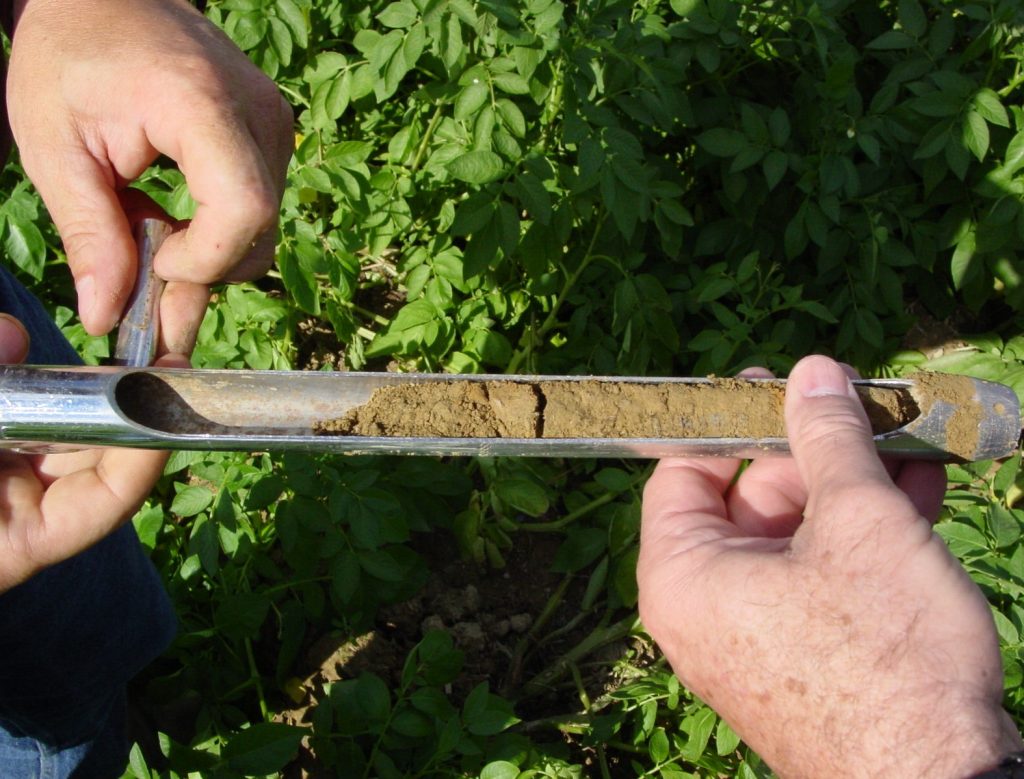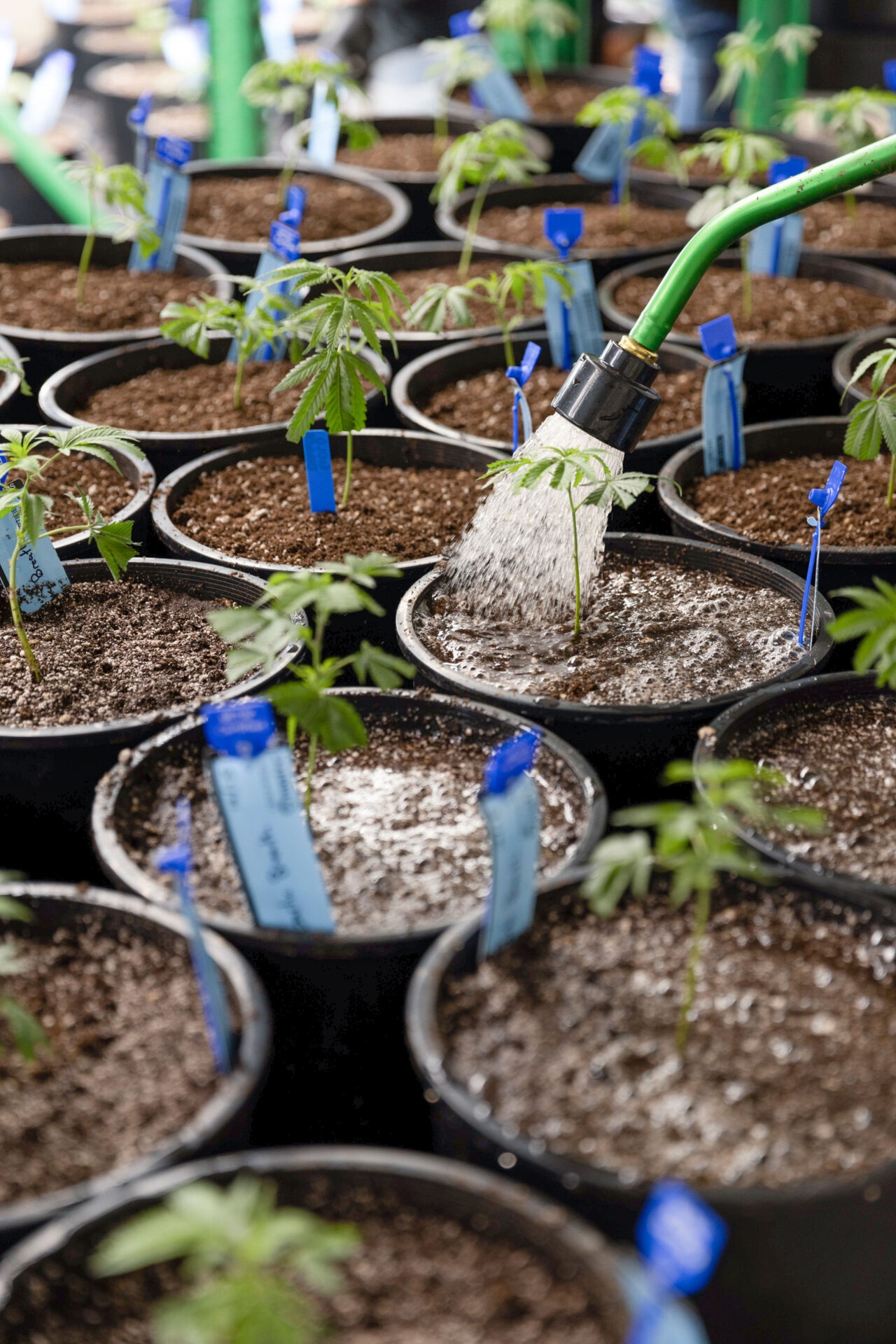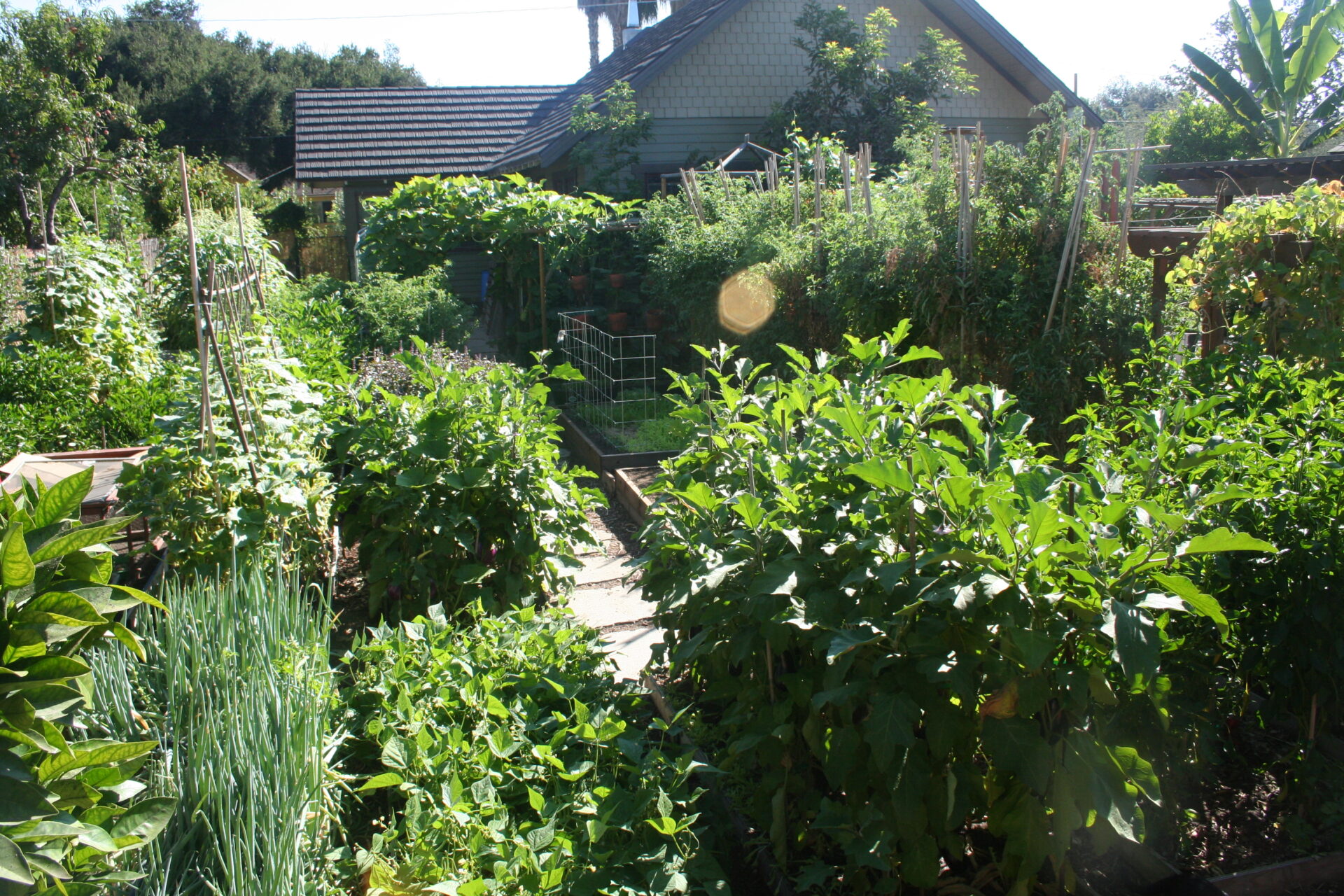There is a great deal of confusion when it comes to correctly understanding the micronutrient manganese and what soil tests can reveal about it. So, perhaps the first question to be asked in this regard should be, “Does a soil test for manganese really reflect the amount of manganese that is actually there in an available form in each particular soil?” And how can you tell if the readout on a soil test is an actual indication of true manganese availability?
To arrive at such an answer, first consider that a multitude of experts maintain that an accurate soil test for manganese does not matter. One line of reasoning used is because there is so much already contained in every soil. The reasoning is that an average acre of soil six and a half inches deep weighs about two million pounds. And of that 2 million pounds of weight per acre, manganese makes up from 100 to 10,000 pounds of that total weight per acre.
Even more, depending upon which source is quoted, 150 bushels of corn requires .08 pounds of manganese, or about 1.25 ounces of manganese per acre. Since about any soil has 100 pounds of total manganese and most far more than that, why worry about ever needing to add manganese to any soil?
Even though this is not the full story, too often it has been used as a good excuse. This is especially true for those who lack any reliable way to measure and convey the available manganese each soil contains. In other words, is the manganese that is there in a form that is useable by the crop?
In order to grow the most nutritious foods, farmers and growers need to know if the actual amount of manganese contained in the soil is adequate to do so. And that measurement should be in the nutrient-available form that plants can take up and utilize.
But as with many natural activities that take place in the soil, the increase happens at a slower pace than plant growth does, and, thus, it is not able to be measured in a relatively short period of time. In fact, it requires about a year from the time of application before the actual increase can be accurately seen on a soil analysis that correctly measures manganese availability.
There is a way to determine whether a soil test is actually measuring nutrient-available manganese in each particular soil. For soils that have good aeration capabilities for optimizing biological activity, a soil test for plant-available manganese should reflect an approximate pound for pound increase in the measured level when any proper form is applied to the soil.
Evaluating Soil Tests
Here is a good way to evaluate how accurate a soil test is in reporting actual useable soil manganese. If it has been at least 12 months since the manganese was applied, on soils that have an adequate amount of aeration, the manganese on the test should show an approximate pound for pound increase.
In other words, if 50 pounds of a good plant-available pure manganese sulfate has been applied, the soil should show an available manganese increase of 14 pounds per acre or 7 ppm (since on soils weighing approximately 2 million pounds per acre, the number of pounds applied divided by two equals parts per million.)
The aerobic zone is the top few inches of soil that tends to have enough air to maximize biological activity. This allows all types of soil organisms that need that aeration to digest and convert nutrients that are present there into the most available forms the plants can take up and utilize.
How much aeration is required for adequate biological activity to provide needed soil-available manganese? There are some simple ways to provide a good answer on each property. Realize that the answer will be different from one type of soil to another, and also note that biological activity is closely tied to the soil properties that provide a sufficient amount of air in different soils.
There are at least two possible considerations for immediately measuring potential biological activity on your own property that could be used here to “study nature” instead of a book or article or comments on the internet.
The first method may not be as convenient to accomplish as the second, but it is a sure way to determine the depth of aeration in any given soil. To determine the amount of air and the depth it can penetrate downward in the soil (called the aerobic zone,) find and pull an old wooden fence post.
The depth to which that post has rotted from the top down into the soil is the depth to which air can adequately penetrate there. This will determine the maximum depth to which any particular soil can provide sufficient air for maximizing microbial activity.
Keep in mind that all plants will feed by choice from the aerobic zone, as deep as a fencepost will rot in that soil, when the opportunity to do so is sufficiently provided.
Another way to check for adequate soil aeration right on the farm requires the use of a soil probe that has one side cut away for observation purposes.
To correctly accomplish this test, it is first necessary to find a place where the soil has not been compacted in some way. In other words, find a soil that would only have normal or natural settlement, something without wheel traffic or pugging of the soil by heavy livestock traffic under wet conditions, etc.
Push the probe down deep enough so that at least six or seven inches of soil is visible in the probe. Lay the probe flat on the ground. Now, take your thumb and, beginning at the top, press gently and directly down on the column of soil. Notice how soft or how hard to the touch it feels.
In most soils that are not worked wet or somehow compacted, the first half inch of soil can easily be pressed down. It is soft to the touch. But after that, many soils provide sharp resistance to the pressure from your thumb. Such soils are lacking the proper aeration needed to optimize biological activity in that soil. And it is not until you can press your thumb against the soil without feeling resistance to a depth of four to five inches that the soil tends to have sufficient aeration throughout the aerobic zone (which will generally measure at least 6 to less than 8 inches deep.)
Once you have this type of soil, which contains the ideal characteristics for proper physical structure, then you have a soil that is well suited for correctly testing for available soil manganese. This is not to say that only soils with proper aeration should be treated for a manganese deficiency. But it does mean that soils may not appear to be building up levels from manganese applications under those circumstances.

Apply the Correct Form
Another possible reason for a lack of response from manganese applications is the form that is applied. Many fertilizer dealers believe they are doing the farmer a service by offering manganese oxysulfate because it costs less than straight manganese sulfate. Even though you can purchase 28% manganese oxysulfate and it may be cheaper, it lacks the effectiveness of 28% manganese sulfate. You cannot use the oxysulfate form to increase measurable available manganese levels in a manganese deficient soil.
Pure manganese sulfate is the best form to use in order to build levels in the soil. Most soils will only show a correct response to its use twelve months or more after an application. Even then, there are certain soils that require several treatments to reach the minimum level. Many of the heavy yellow clay soils are in this category. Any soils subject to water logging should also be suspect.
Ensure Reliable Measurement
There are even some soils that are so unusually tight in their natural form that until the physical structure is corrected, a maintenance application will be required every three or so years just to maintain a minimum required level there. The point here is that to assure successful management of manganese levels, some reliable form of measurement is needed.
A big test to evaluate the reliability of a manganese analysis is what kind of measured response the test reflects from the actual amount of manganese that is applied based on the analysis of the material that is used. For manganese, the proper measurement should reflect an approximate pound for pound response after twelve months or more from the time it is applied.
There are specific parameters to be considered when using the guidelines for manganese from the Albrecht system of soil testing. Other tests may imply they can copy the Albrecht System of Soil Fertility, but there is one test anyone can do to prove whether that is the actual case. This is important because reported test numbers for manganese are usually much lower than the actual numbers recorded when using the Albrecht system. This often means farmers and growers whose consultants are used to using other tests will be told they have adequate manganese when the Albrecht system is actually showing the soil is still deficient.
Since reported numbers for soil manganese content can vary widely according to how the test is conducted, desired levels should be based on coordinating field experience and optimum crop response. Using verification based on 80 years of field testing the Albrecht analysis for manganese can identify deficient, adequate, excellent and excessive levels in the soil. Anything less than adequate is going to begin to cause problems.
This is not trying to cast doubt on any consistently reliable test for manganese availability in the soil. It is only meant to point out that the numbers given as deficient, sufficient and excellent may be completely different and usually are on tests from another soil testing laboratory. For that reason, be sure that you or your consultant would know what levels are actually reflected on those tests. And most of all, do not try to arbitrarily apply the guidelines outlined here as reflecting actual soil needs based on numbers provided on other tests. See next month’s issue of Organic Farmer for further guidelines about applying manganese to correct deficiencies.
Neal Kinsey is owner and President of Kinsey Agricultural Services, a consulting firm that specializes in restoring and maintaining balanced soil fertility. For more information please call (573) 683-3880 or go to www.kinseyag.com.






